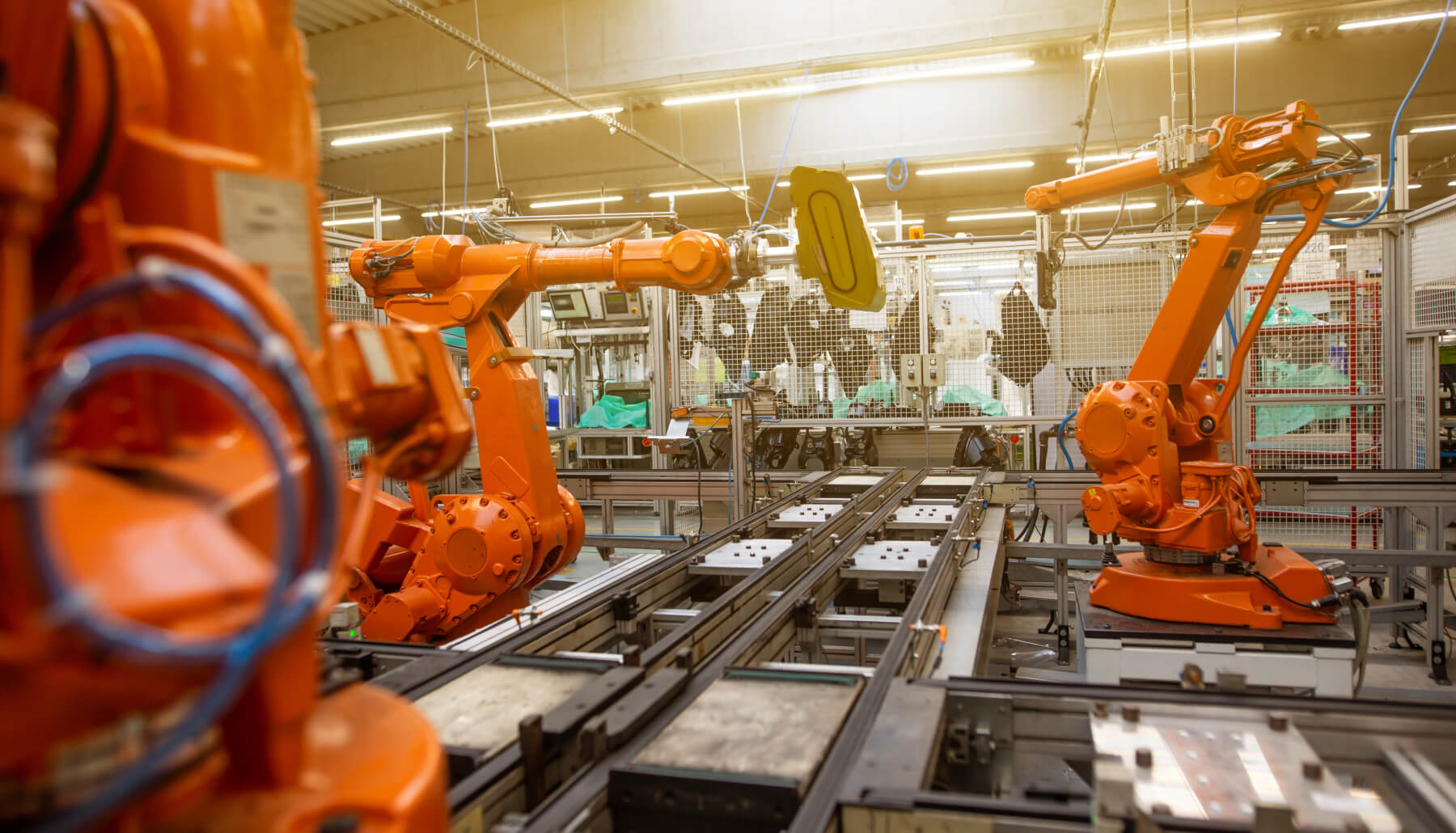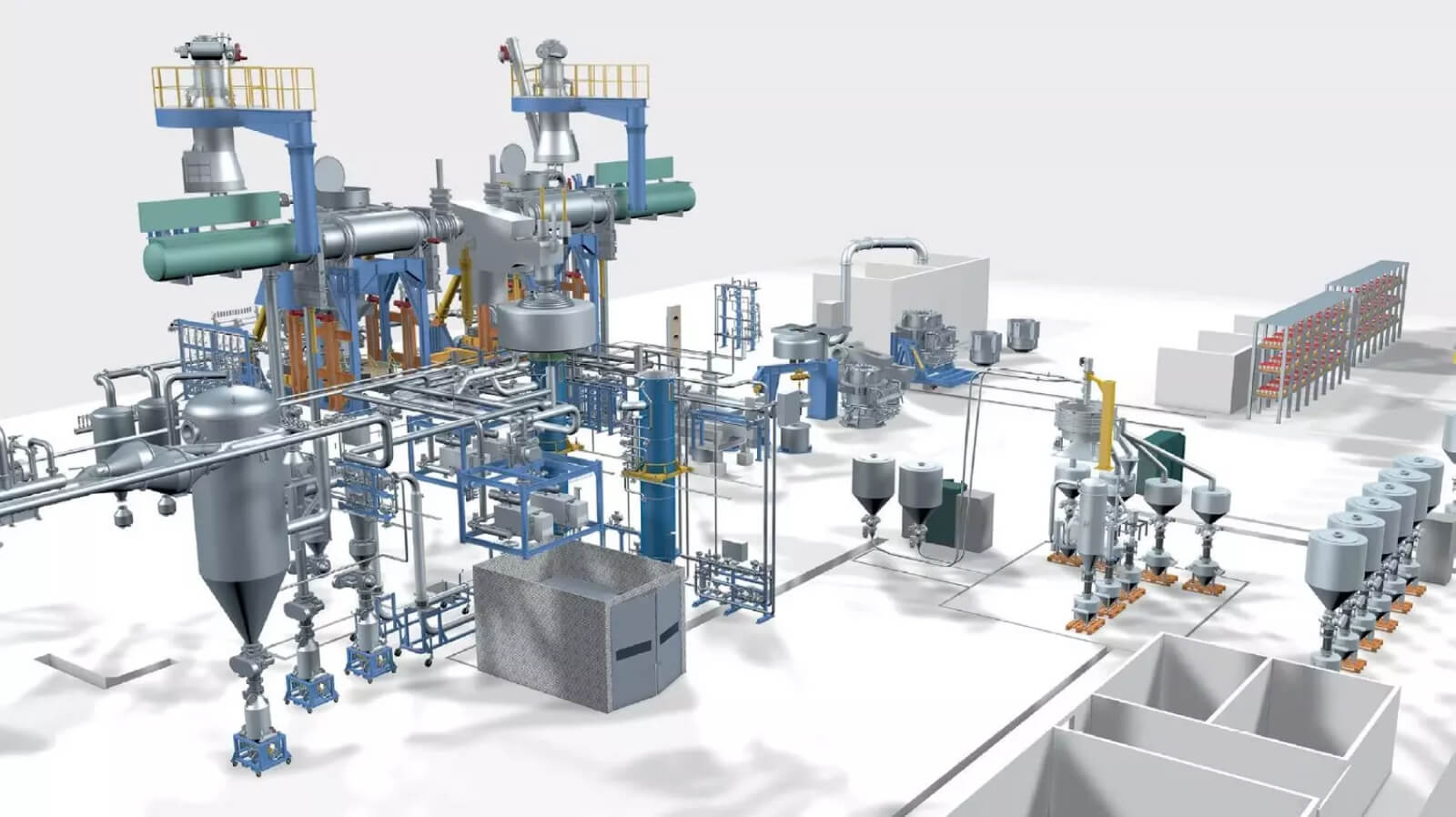Hi-technology
Nanotechnology, system engineering, optimization of production processes using new technologies.

Are you interested in nanotechnology and its practical application in industry?
It purposefully manipulates with individual atoms to produce substances and materials with unusual properties, or objects composed of individual atoms. Such objects then function as miniature machines, robots or integrated circuits thousands of times smaller than those produced by conventional technology. It is a highly complex discipline that cuts across the fields of physics, chemistry, molecular biology and robotics.
In the last few years was basic research into some applications has already been transferred to industry and now everyone can benefit from nanotechnology. Although these are still only glimpses of what this technology can offer us in the future, its applications are already huge.
Nanotechnology is inspired by nature. The inspiration for this technology was nature and its clever design of protective surfaces in plants and bugs. The most famous example is the so-called lotus flower effect. The water from its leaves runs off immediately because it has very little contact with the surface, so the plant remains clean even when it grows out of the mud. Nano impregnation works in the same way - it repels liquids and dirt and prevents them from adhering to the material structure. This greatly simplifies routine cleaning and maintenance where it is needed.

One branch of nanotechnology that is already proven in practice is chemical and metallurgical nanotechnology.
We are replacing old technologies with new ones that are much more effective, more gentle and more efficient.For example, in surface treatments, we can replace the entire phosphating technology with the new nanoceramic technology.With this metal surface treatment, it is possible to treat both iron and aluminium or zinc in the same bath without further parameter adjustment. A conversion amorphous layer is formed on the metal surfaces which, in terms of corrosion resistance, fully replaces iron phosphate and, in many cases, zinc phosphate.
So why Nanotechnology?
Works independently at temperatures as low as 20°C
Does not contain heavy metals
Contains no VOCs
Does not form sludge during reaction
Reduces waste disposal costs
Reduces maintenance and cleaning costs
Easy handling, maintenance and inspection
Increases corrosion resistance (Fe up to 720 hours)
Increases labour productivity

The vision in the field of metallurgy is the production of titanium-based metal powder
For technology additive manufacturing (3D printing, metal injection moulding, powder metallurgy), products with a global reach. Metallurgical technologies, designed for the production of special non-ferrous alloys, working on the principle of plasma beam. These technologies are highly energy efficient compared to current equipment on the market and allow the use of low-cost but high-quality titanium scrap. These are solitary technologies that form a technological line ending with the atomization process, i.e. the production of high quality metal powders that have a wide application in high-tech industries.

Powder production process
01
Production of alloys by plasma technology (primary metallurgy) by melting reactive materials (titanium, niobium, tungsten, zirconium and others) for subsequent processing.
02
Production of powders by atomization (secondary metallurgy) using inert gas to avoid contamination and to obtain the desired properties - globularity and homogeneity.
03
Quality control and blending of powders to separate grain fractions for use in 3D printing, MIM, or powder metallurgy.

Medical industry
(titanium and other alloys) skeletal implants, stents, surgical instruments, etc.

Automotive
(titanium, aluminium and steel alloys) automotive parts, spare parts, tools, etc.

Military industry
(special alloys) smart weapons, military equipment, spare parts, etc.
PASSION FOR SUCCESS with ANTHOLOGY, SE
We explore the rising importance of energy sources and their impacts on humanity's future. We meticulously select from both renewable and non-renewable energy sources.






